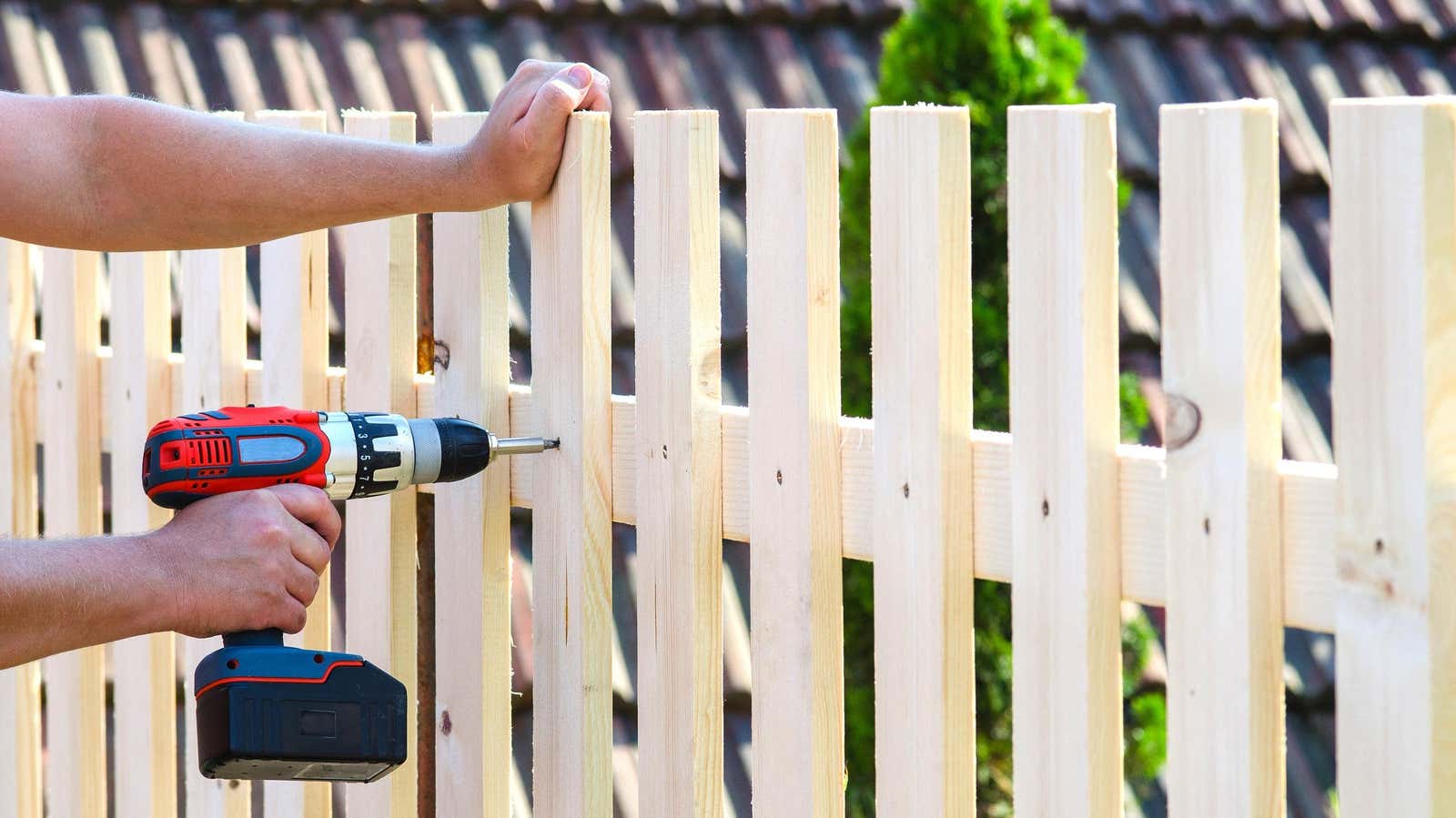How to Choose the Right Wood for Your Backyard Project

Large outdoor woodworking projects, from fences to picnic tables, can be a challenge because the wood you choose must be able to withstand the elements. The right choice of lumber will help furniture and structures better withstand moisture, temperature changes and pests. Here are a few guidelines to consider when choosing your wood type so you can build durable outdoor projects.
What to look for when choosing wood for outdoor use
To select the best wood for your project, start by considering price, intended use, climate, and the tools available to you. Lumber comes in different densities and has different colors, pest resistance and moisture levels. Decide on a budget, consider how much of your lumber will be processed, take into account potential environmental issues and whether you intend to apply a finish to it, and take stock of the types of tools and experience you have at your disposal.
When to Use Natural Wood
There are quite a few types of natural lumber that have qualities that make them suitable for outdoor use.
red cedar
Red cedar is a common choice for outdoor use because it holds up well to moisture and is naturally resistant to pests. This makes it a favorite for fences, raised beds and planters. Because it is a softer wood, it can easily scratch and dent, and also split when you drive in screws or nails. Cedar also contains tannins that can bleed into paint, so extra preparation is required if you want to dye it to avoid stains. This can cost anywhere from $2.00 to $4.00 per board foot.
Cypress
Cypress is another wood that holds up well to moisture and is also naturally resistant to warping, swelling, and pests. It can be used for trellises, furniture or fences. It is light yellow to dark brown in color and tends to a straight fiber with few knots. This wood will hold up well outdoors and is a softer wood, making it easier to work with but vulnerable to dents. Pre-drilling is recommended to avoid splitting when driving screws into cypress wood. It can cost anywhere from $2.50 to $5 per board foot.
black locust
Black locust is a hardwood that can withstand extreme temperatures, humidity, and pests. This wood is well suited for making furniture or other decorative purposes. It is naturally resistant to warping and bending and is almost impossible to get dirty, scratched or dented. Because it is so dense, it can be difficult to cut and the blades will dull over time, and can be difficult to get dirty for the same reason. It can cost anywhere from $5.00 to $8.50 per board foot.
When to Use Treated Lumber
Pressure treated wood has come a long way since the days of wood treatment with arsenic. The chemicals currently used to treat pressure treated lumber are far less toxic and safer to use, so they can be a good choice for decking or fencing. Typically, pressure treated boards are made from yellow pine, a softwood that does not rot when exposed to moisture and is not vulnerable to pests.
The downside to this lumber is that it can still warp or chip from moisture, so sealing or painting is recommended. Wet pressure treated lumber is heavy and can warp, while kiln dried lumber is lighter and straighter but about twice as expensive.
When to Use Synthetic Lumber
Composite wood is synthetic lumber made from PVC or other material. Because it is synthetic, it cannot rot or be eaten by pests and is very suitable for outdoor use on decks, porches and patios. It does not need to be processed, but can be painted if desired. When working with composite lumber, you must be careful with sawdust because it is stored in the environment – use a vacuum nozzle and a rag when cutting composite wood.